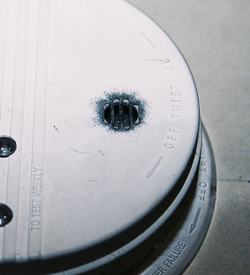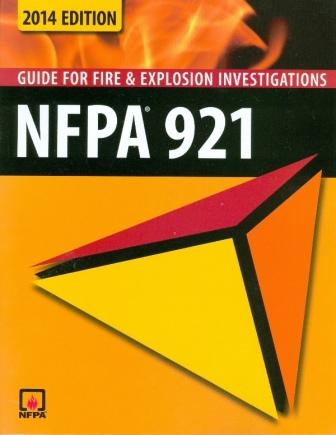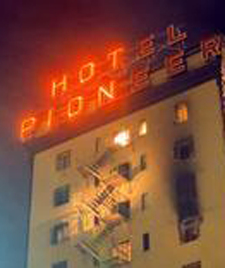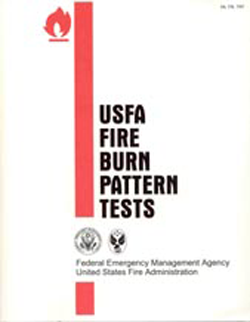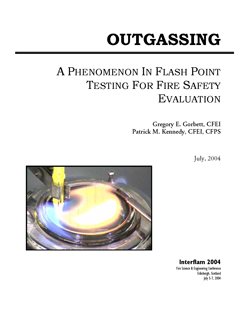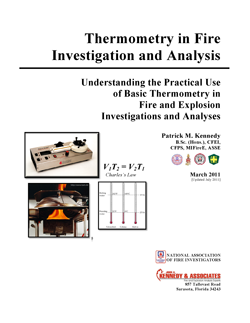Paints, Solvents & Chemicals
FLAMMABILITY TESTING RESEARCH
You need an expert that understands how these products are tested, how labels & warnings are written and what manufacturers do to bend the rules to their advantage.
Read our research on flashpoint flammability testing, the outgassing phenomena, and our novel approach to finding the real fire dangers of consumer paints, strippers, solvents and glue.
We can help you & your client make a case against an unsafe product – from testing to testimony, label to liability.
